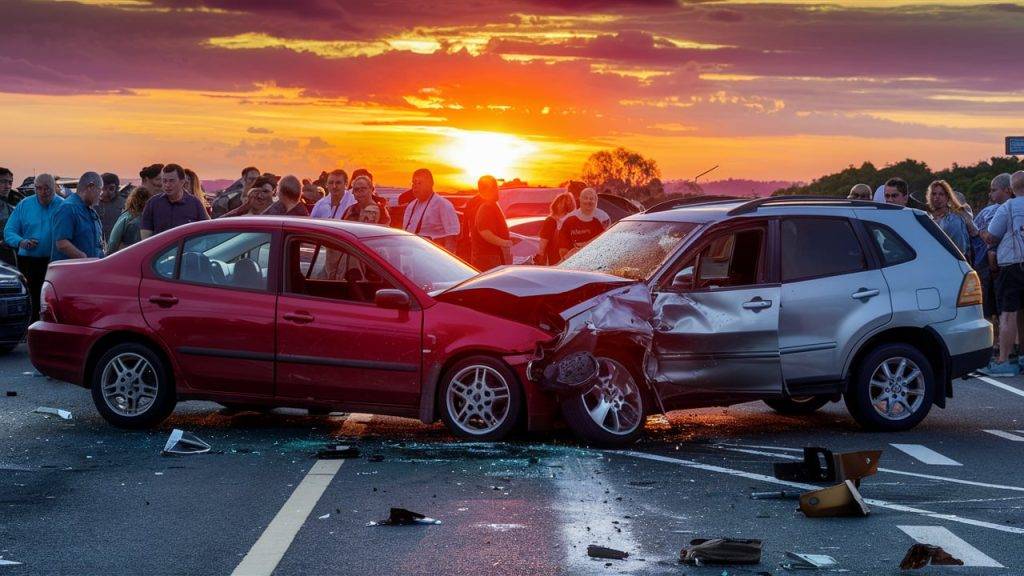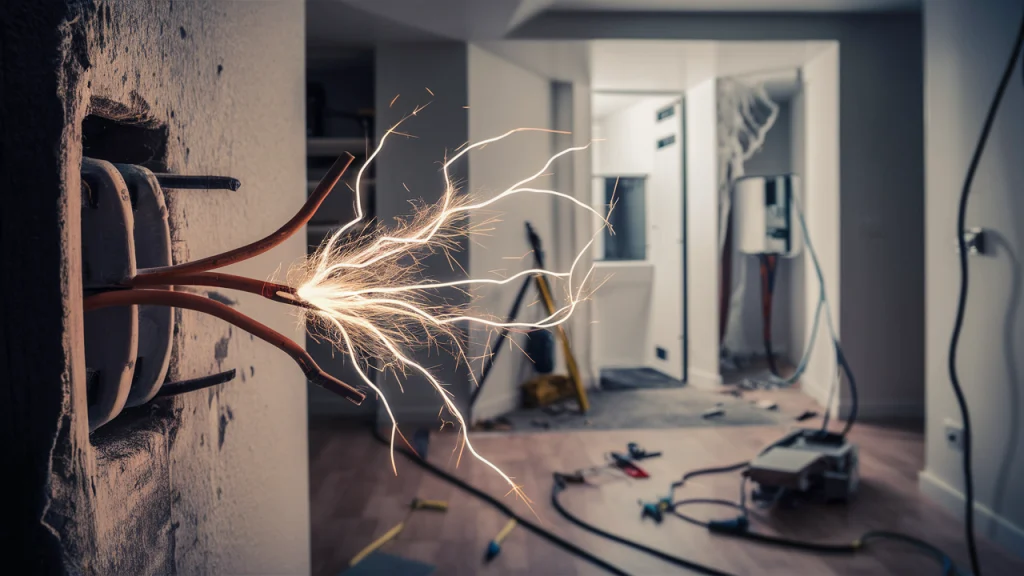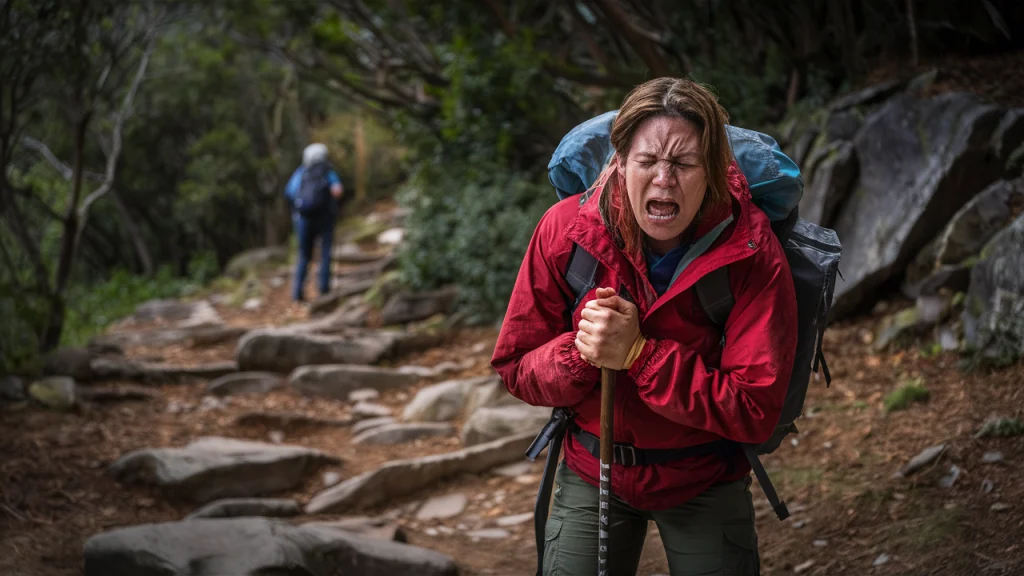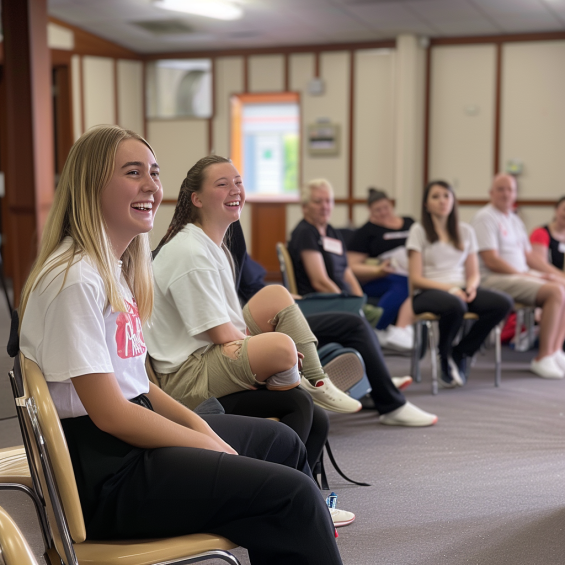Training and Assessment Delivered on Behalf of Allens Training Pty Ltd RTO 90909
5 Examples of Dangers in DRSABCD.
Learning first aid for the first time can feel like a lot to take in. The DRSABCD action plan is drilled into your head, but it’s easy to overlook the “D” for Danger. Yet, spotting and handling danger is crucial—you don’t want to end up injured trying to help someone.
Danger isn’t always obvious. It’s not just about avoiding fire or getting out of the way of traffic. Sometimes, it’s hidden in the very environment you’re in. Let’s look at 5 examples of dangers in DRSABCD that might be common in Wollongong.
Beach Hazards: North Wollongong Beach
Wollongong’s beaches are some of the most stunning in Australia, drawing in both locals and tourists. But they can also be dangerous, especially with rip currents. Imagine being at North Wollongong Beach and spotting someone struggling in the water. Your instinct might be to jump in and help, but that’s where the danger lies.
Rip currents are strong, fast-moving channels of water that can quickly drag even the best swimmers out to sea. If you rush in without thinking, you could end up in trouble yourself, turning one emergency into two. Before you act, look for signs of a rip current—like discolored water, foam, or debris moving out to sea. It’s often safer to call the lifeguards or use a flotation device rather than risking your own life.
Roadside Accidents: Princes Highway

Roadside accidents are common on the Princes Highway, especially near busy spots like the Figtree Grove Shopping Centre. When you come across a crash, your first thought might be to help right away, but the roadside can be full of hidden dangers.
On a busy road, other drivers might not see you, especially if it’s dark or foggy. The risk of getting hit by another car is very real. Before you get out, make sure your car is safely parked and your hazard lights are on. If you have reflective triangles or flares, set them up to warn other drivers. Also, be on the lookout for leaking fuel or exposed electrical wires—they can pose a fire risk. If you spot any of these dangers, keep a safe distance and call emergency services before trying to help.
Home Accidents: Electrical Leads

Most first aid incidents happen at home, where we spend most of our time. In Wollongong’s suburban homes, one common danger is electrical leads. Whether it’s a faulty appliance or a DIY job gone wrong, electricity can turn a small accident into a serious situation.
Imagine you’re at a friend’s house in Coniston, and they accidentally touch a live wire while fixing a light. They get shocked and fall unconscious. Before you rush to help, you need to think about the dangers. Is the power still on? Could there be other exposed wires? Are exposed wires touching metal objects like ladders? The first thing to do is turn off the power at the main switchboard, if it’s safe. Only then should you approach them, keeping in mind there could still be a risk. If you’re unsure, it’s better to wait for professional help.
Managing Hazards on the Roadside
Going back to roadside accidents, let’s talk more about how to stay safe while helping. Beyond the obvious dangers like oncoming cars and leaking fuel, you need a clear plan to keep things under control.
First, always assess the traffic. Are you on a blind curve or a busy road where drivers might not see you in time? If so, using your car as a barrier—without blocking emergency vehicles—can help. Keep passengers inside with seatbelts on until it’s safe to move.
Second, be aware of possible chemical spills. If a truck or industrial vehicle is involved, there could be hazardous materials. If you see warning labels or placards, keep your distance and let the experts handle it.
Lastly, consider the mental state of the victims. People in accidents might be in shock or panicking, which can lead to unpredictable behavior. Approach them calmly, speak softly, and reassure them to prevent further issues.
Hiking Dangers: Mount Keira

Wollongong’s natural beauty offers fantastic hiking, but it also comes with risks. Mount Keira, with its steep trails and dense bush, is a favorite spot for locals and tourists. But if someone in your group gets hurt, the dangers can quickly add up.
Picture yourself halfway up the trail when someone slips on loose gravel and falls hard. The first thing to check is if the area around them is stable. Could more rocks fall? If it’s not safe to approach, you might need to wait for professional rescuers who know how to handle these situations.
Another hazard in Wollongong’s bushland is snakes, especially brown snakes. If someone is bitten while hiking, it’s important to stay calm and check the surroundings. Is the snake still nearby? Are there other dangers? Keep the person still and call for emergency help. Moving around can make the venom spread faster, so it’s crucial to stay put.
Why You Should Get Trained
These scenarios show how important it is to understand and assess danger in any first aid situation. Wollongong, with its mix of beaches, roads, and bushland, presents unique challenges that require you to be thoughtful and prepared. You’ll be glad to be extra prepared with the DRSABCD action plan.
Getting trained in first aid isn’t just about learning CPR or how to bandage a wound—it’s about being ready for anything. At Accidental Health and Safety Wollongong, our courses are tailored to the local environment. We prepare you to handle emergencies specific to where you live, work, and play.
By training with us, you’ll gain the confidence to manage dangers and ensure everyone’s safety. Whether it’s dealing with a rip current, handling a roadside emergency, or responding to a snake bite, our courses give you the practical skills you need.
Don’t wait for an emergency to catch you off guard. Get trained in first aid today!


